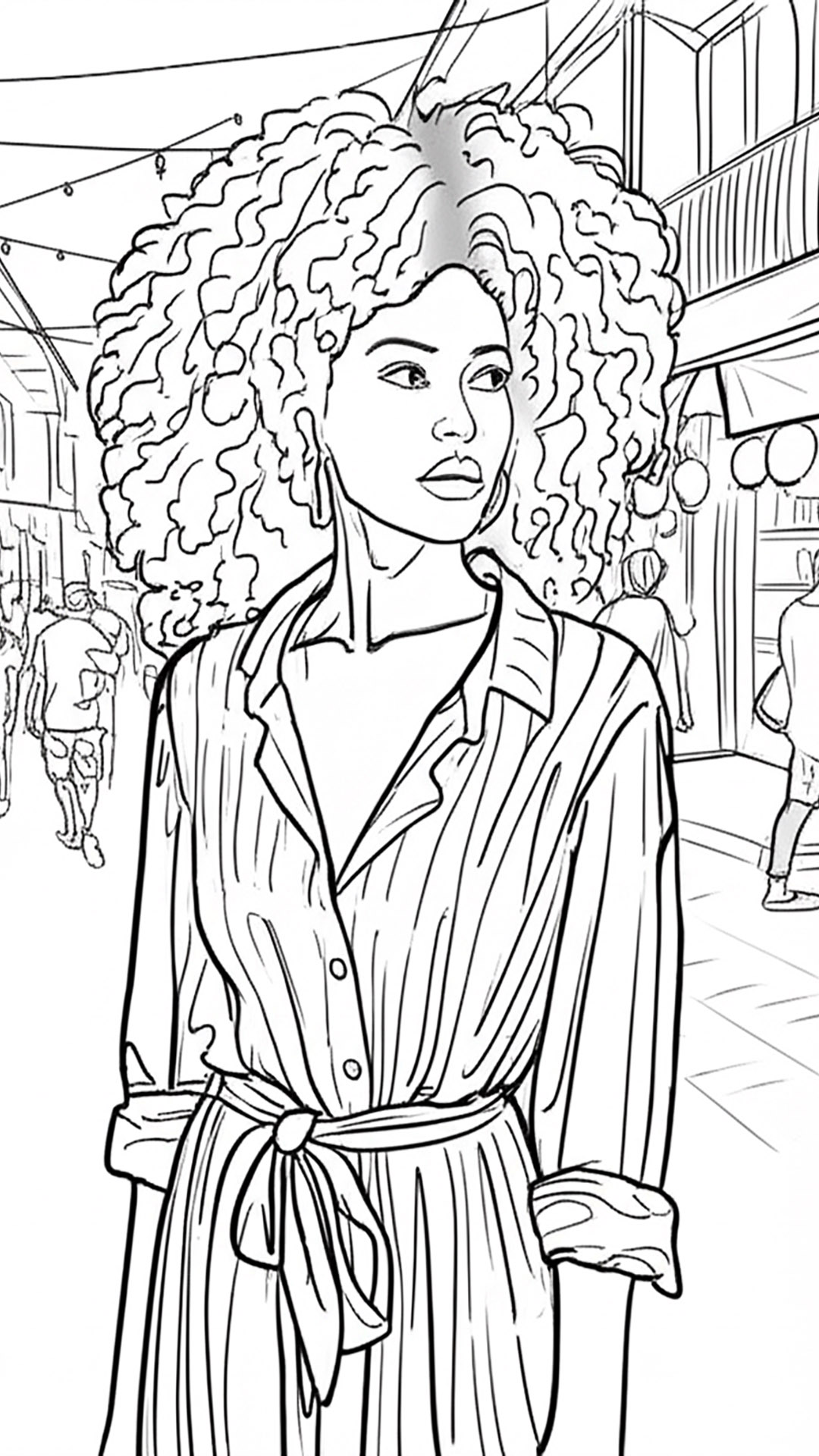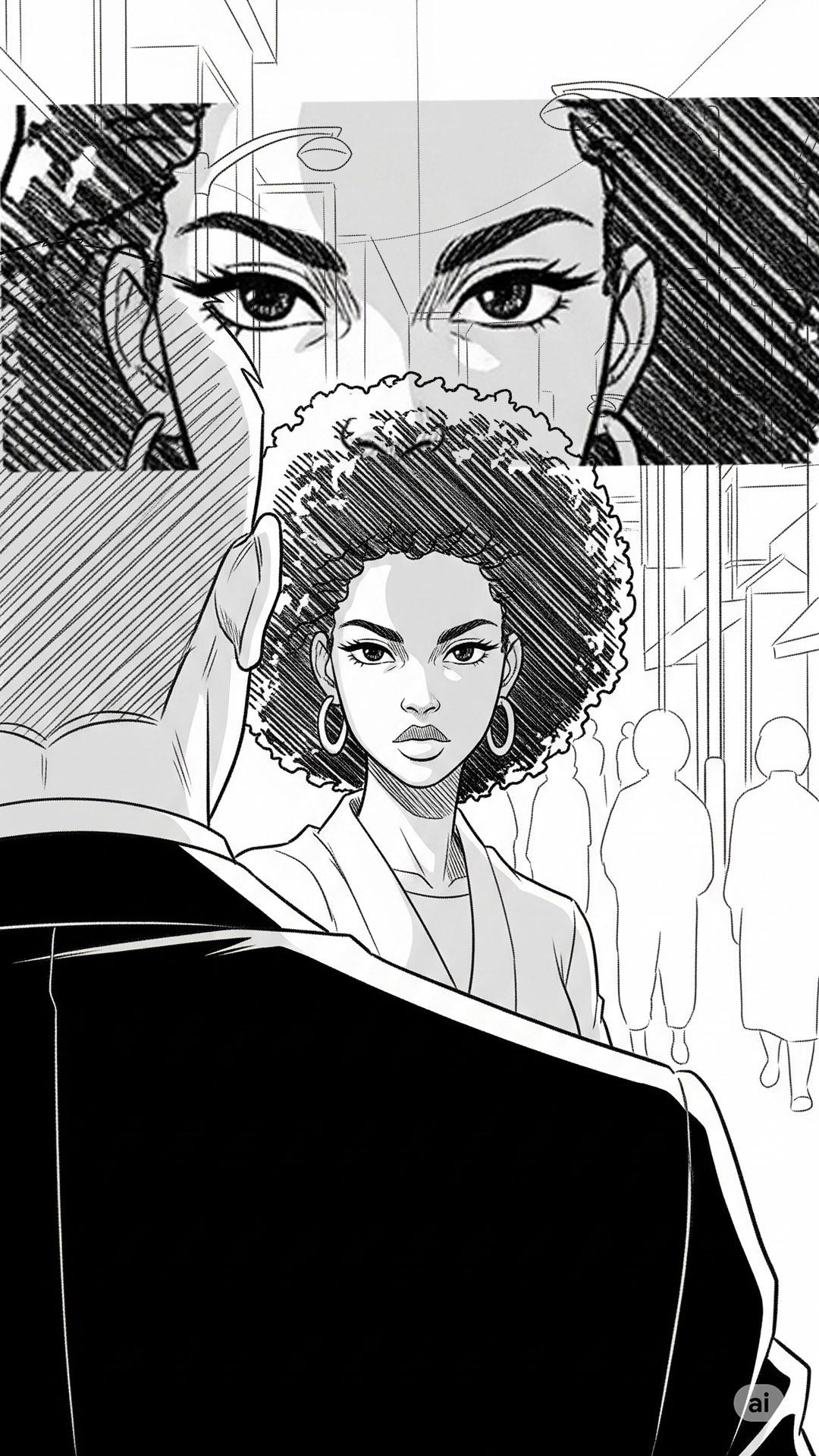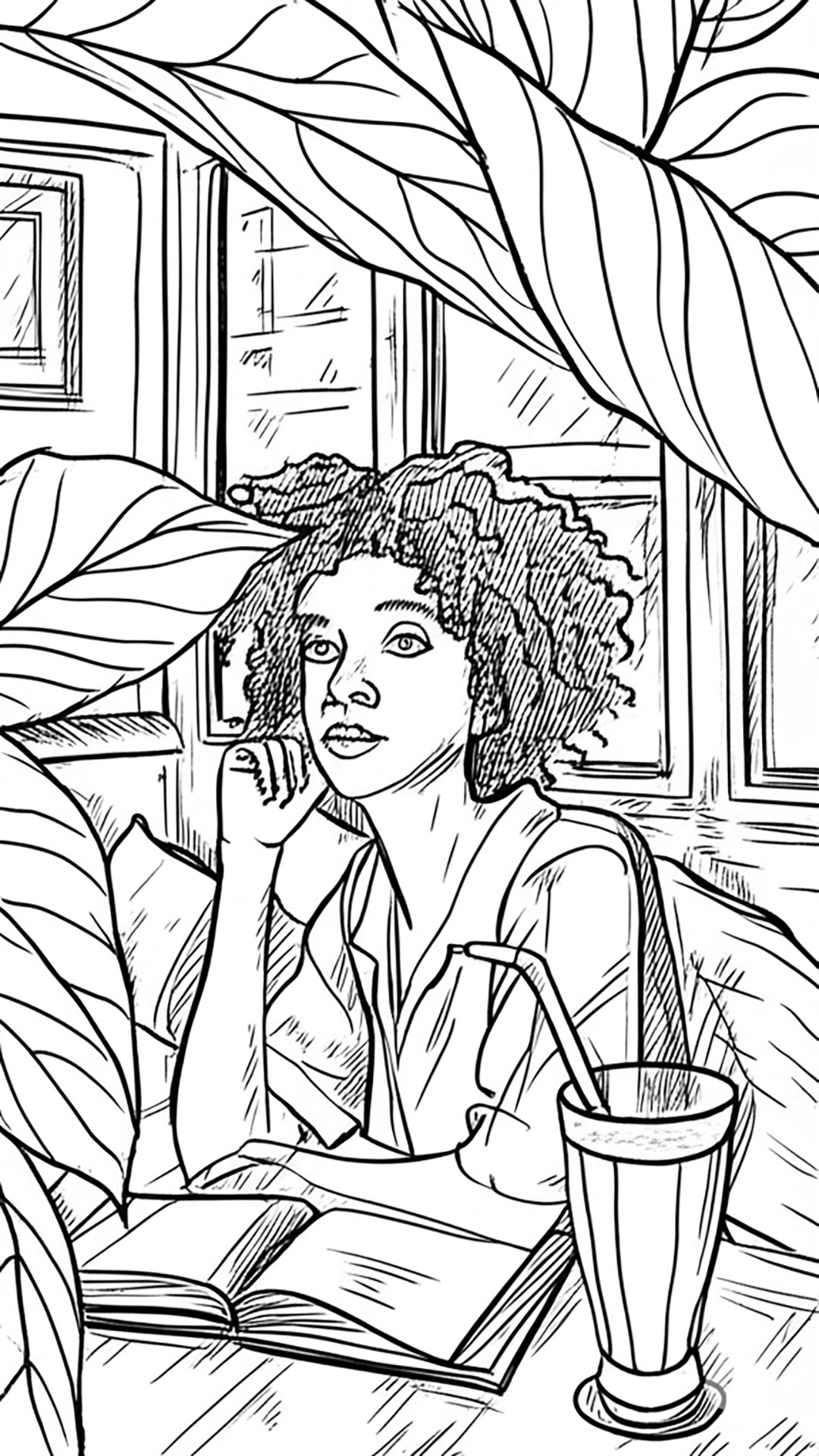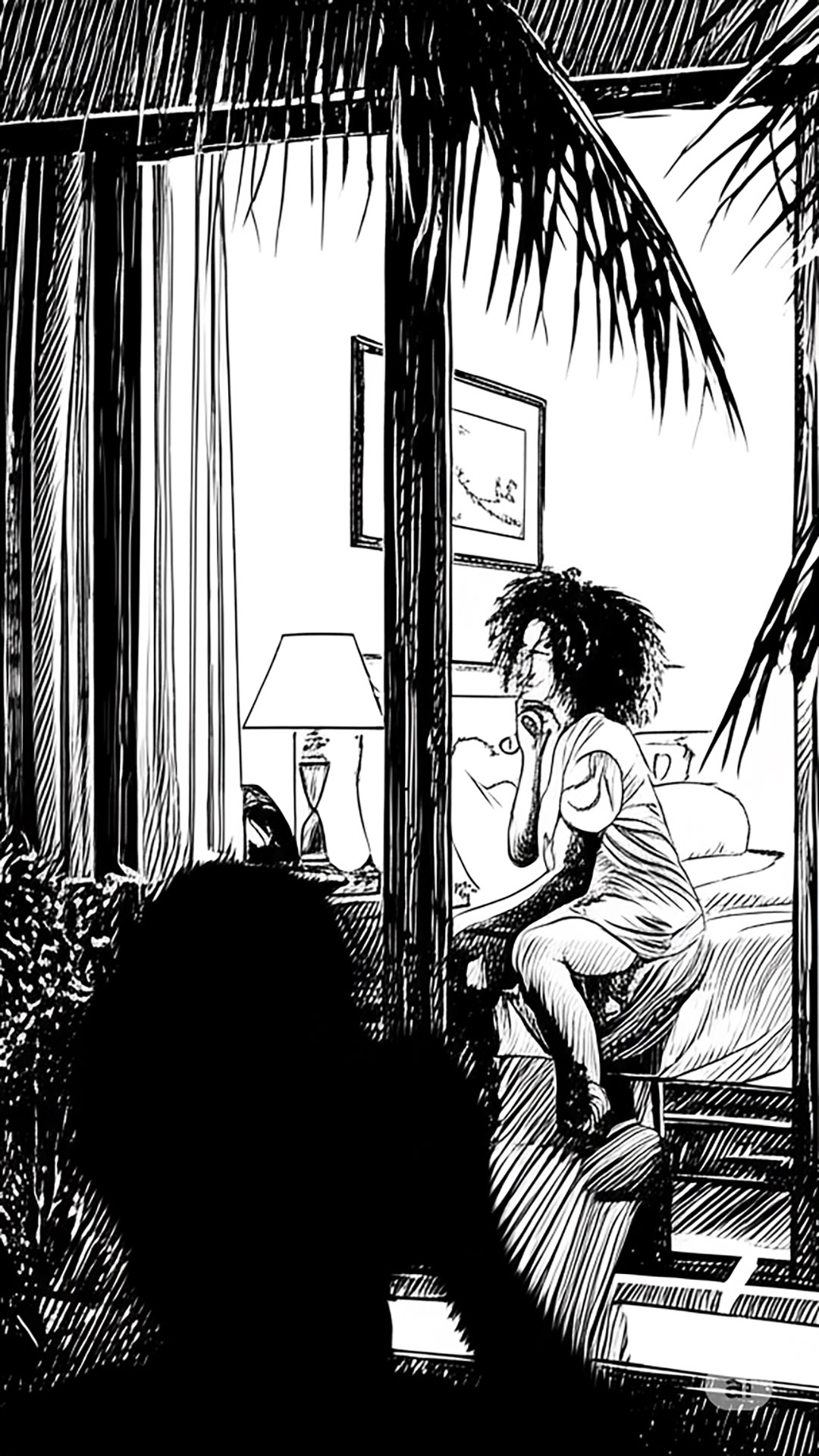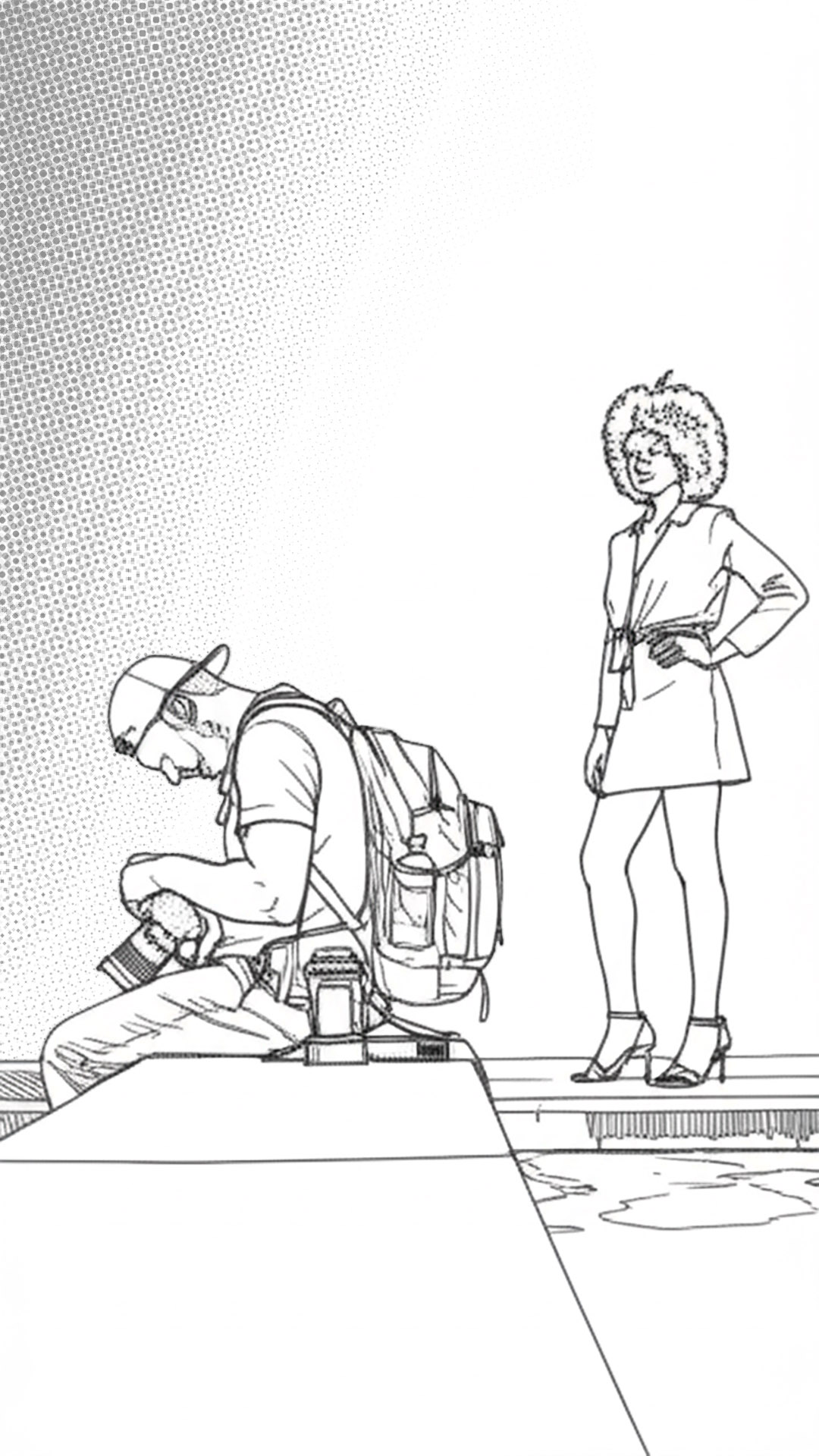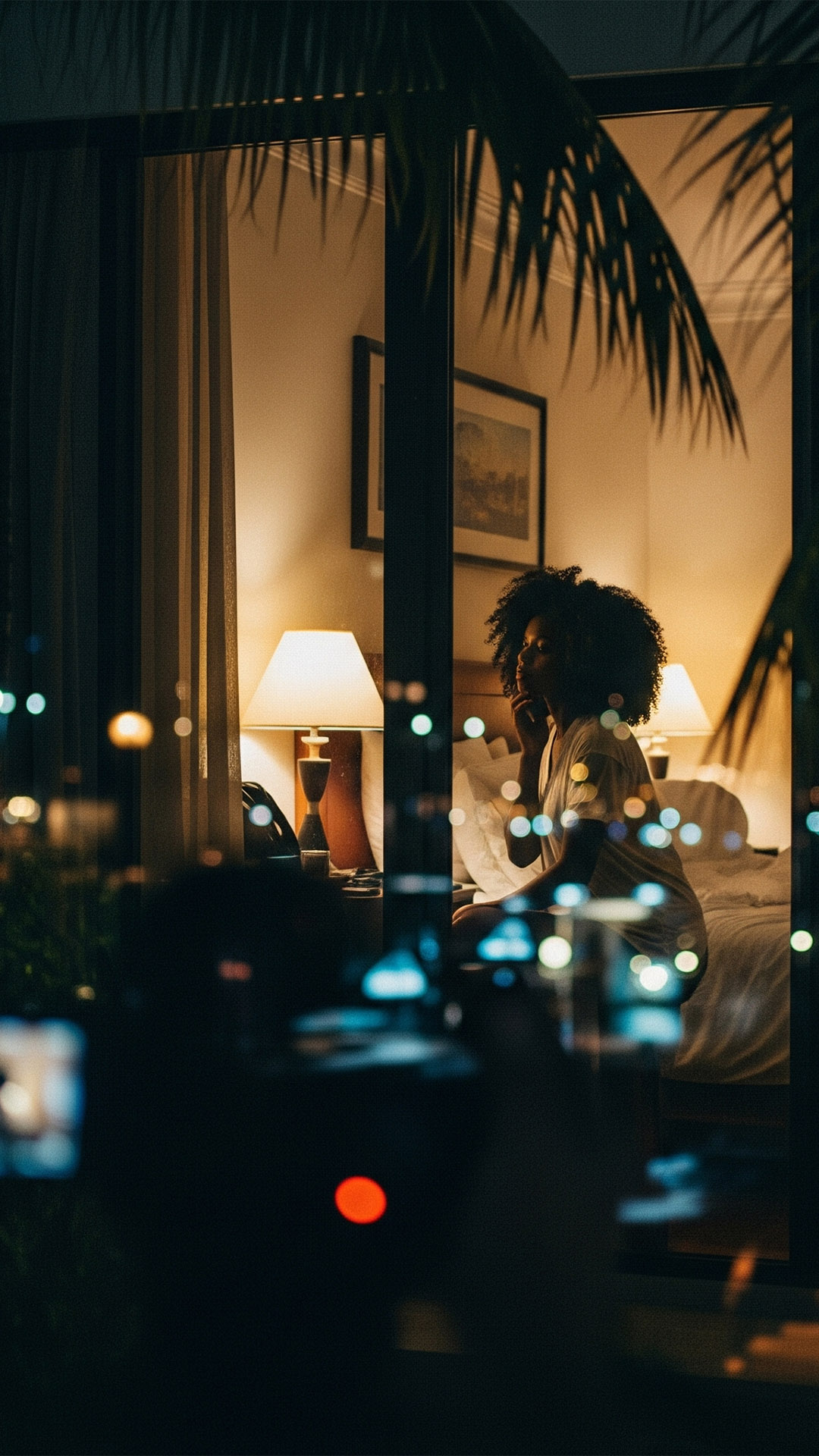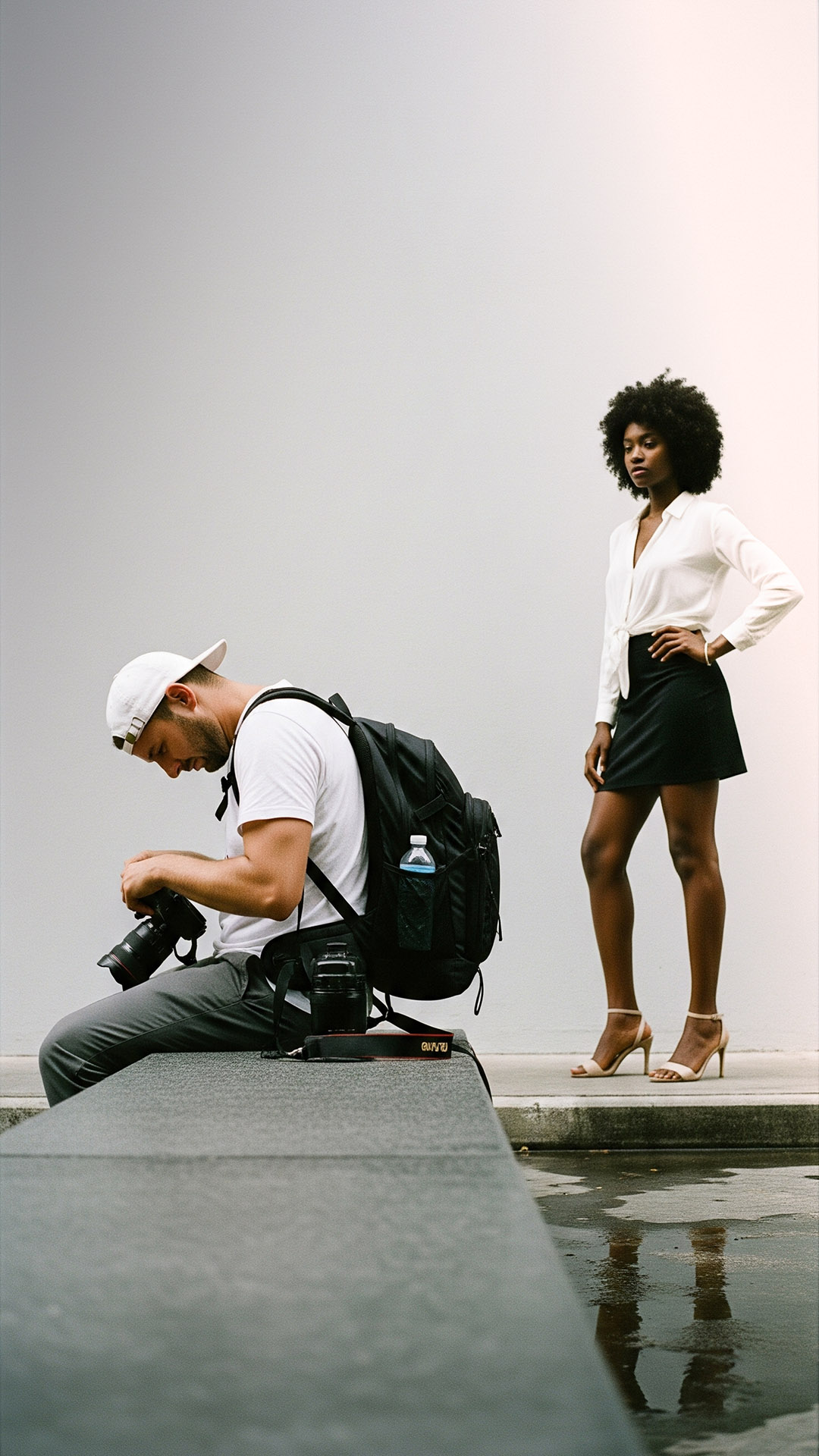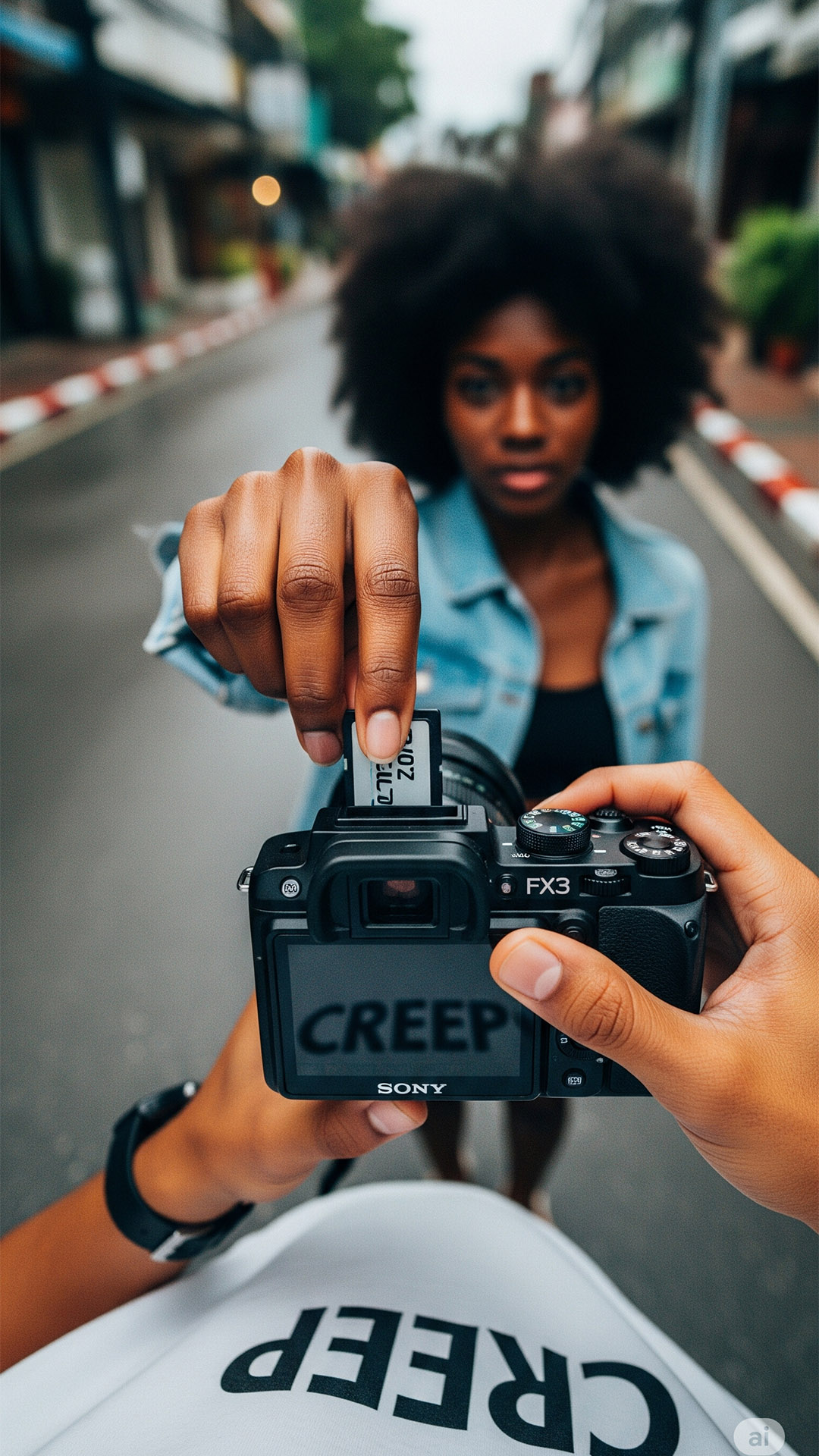Short story about stepping out of the frame,
Artistic Treatment
Visual Style
The film employs contrasting visual approaches to distinguish between different narrative perspectives:
-
Photographer’s Camera View: Crisp, deliberately composed shots with heightened aesthetics. Beautiful color grading with warm tones for exterior shots and cool blue tones for evening scenes.
-
Protagonist’s Computer Screen: A mix of found footage aesthetic and digital interface elements, creating a meta visual layer that reminds viewers they’re watching recordings being reviewed.
-
Reality Scenes: Natural lighting with handheld camera work, creating an immediate, documentary-like feeling that contrasts with the photographer’s aesthetic vision.
Color Palette
- Daytime scenes use a warm, saturated palette reminiscent of tropical Thailand
- Evening scenes utilize neon-influenced color schemes with deep blues and vibrant accents
- Computer screen interface scenes employ cooler, more desaturated tones
Sound Design
- Minimal diegetic sound during the photographer’s footage segments
- Atmospheric electronic score punctuating emotional beats
- Strategic use of silence to create tension
- The haunting cover of “Creep” serves as both commentary and emotional catalyst
Editing Rhythm
The film employs a deliberate editing pattern:
- Longer, contemplative shots during artistic sequences
- Quick, disorienting cuts during moments of tension
- Seamless transitions between computer interface and full-screen footage
Visual Motifs
- Reflections and glass surfaces symbolizing distortion of reality
- Framing within framing (windows, doorways, screens) emphasizing voyeurism
- Contrast between open public spaces and intimate private moments
Visual References & Moodboard
Production Package
1. Logline
In an attempt to expose a street photographer, a young woman reviews his footage and becomes trapped by his gaze, where her reality is rewritten into a beautiful yet disturbing story from which she must escape to ultimately bring him to justice.
2. Synopsis
A street photographer in Phuket, captivated by a woman he encounters by chance, makes her the central subject of his work. His artistic admiration escalates into obsessive surveillance, and after a series of strange encounters, their confrontation culminates in a face-to-face meeting. The woman, having secured the support of hotel security, first engages him in a psychological duel and then, exposing his hypocrisy, forcibly takes his memory card as evidence. His story ends not only with the loss of control over his “art” but with real-world consequences in the form of the approaching security guards.
3. Treatment
The screen shows a view from a handheld camera. A young woman stands with calm determination in her posture. Behind her are blurred silhouettes. She utters a short phrase, her hand enters the frame, and she confidently removes a memory card from the camera. A distinct click. The screen goes black.
A few seconds of complete silence. The Windows loading logo appears with its standard sound. On the computer desktop, in the corner, we see the same woman’s face in a webcam window. She opens a folder of files.
The viewing begins with beautiful, impersonal shots of random people on the streets of Phuket. The woman at the computer fast-forwards through the clips until she stops at a video where she appears in a crowd. The camera lingers on her. As she watches, she sees that the clips featuring her become more frequent. Soon, she starts to notice the surveillance: after catching her gaze directed straight at the lens, the cameraman cowardly pans the camera away. This happens again, and her suspicion grows into certainty.
Next is a scene in a café. His camera captures a beautiful composition in the space, with her at its center—first her blurred image in a window’s reflection, then clearer shots. At one point, she stands up and walks away from the table, out of the frame. The camera remains still, now focused on a “still life of her absence”: the abandoned drink, a book, the play of light on the table. The camera dispassionately records this scene. When she returns, he, as if flustered, quickly gathers his things and leaves the café. She remains inside.
Outside, he sets up his camera. Around the same time, the woman at the computer leans back slightly in her chair and unmutes the audio player on her computer. An electronic, haunting cover of Radiohead’s “Creep” begins to play. On the screen, a timelapse of the restaurant’s facade unfolds, showing day turning into evening; the angle is shifted so that the camera now also captures the street stretching into the distance. The music fits the visuals in a poignant and moving way. The tension on her face gives way for a moment to something else—she seems to forget that this is her stalker’s recording and is simply mesmerized by the beauty of the moment. She exits the café. Her departure, shot in a very beautiful, poetic slow-motion, transforms into a captivating music video. The playing music immerses the viewer in a special mood.
The next scene completely blurs the line between art and invasion for her. The shot begins with a view of the night city from his window, then the camera slowly pans, as if accidentally finding a lit window opposite, with her inside. The footage is emphatically artistic, capturing her in a personal space not meant for others’ eyes. A complex range of emotions appears on the face of the woman at the laptop. This is no longer suspicion, but the realization of a direct invasion. Her gaze becomes tense and cold.
The silence after she leaves the final scene seems deafening. Left alone in the static frame of the camera, forgotten on a bench, the Cameraman finds solace in the only confidant he trusts—the lens. He picks up the camera, points it at himself, and his bewilderment gives way to a passionate confession about high art and his contempt for phoniness. Carried away by the flow of his own words, he begins to drift through the space, and the camera, following his unconscious movement toward her, finds the Woman again in the background. She is just standing there, observing this strange performance. He doesn’t see her. His bubble of self-justification is burst by her single quiet but devastating phrase, exposing his hypocrisy. His confusion. Her final, cold demand. The final action—not a scream or a struggle, but the quiet, confident motion of her hand taking the memory card. For a split second, before the screen goes black, we see a single word on his t-shirt: CREEP.
